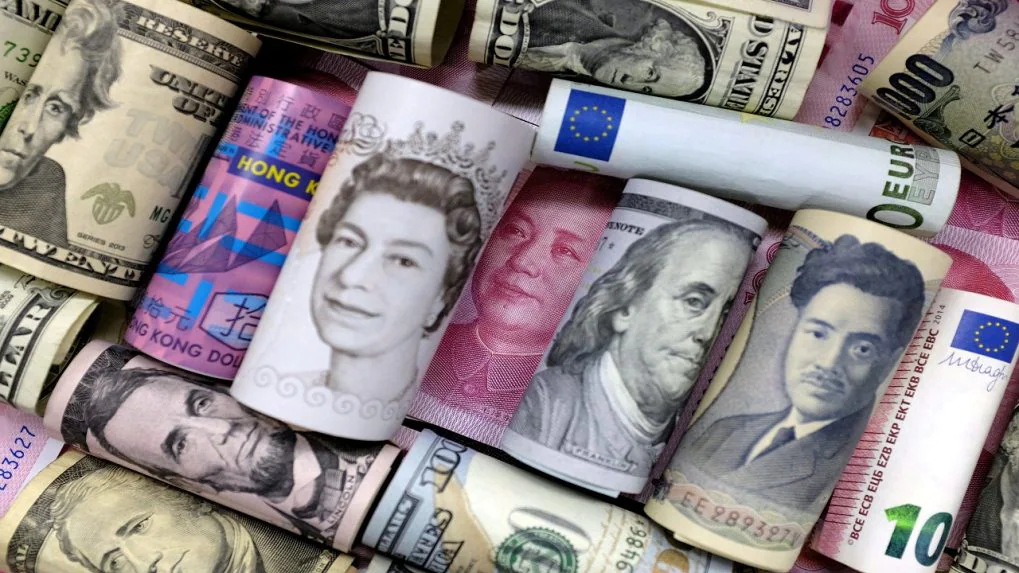- February 10, 2021
- Posted by: Amit Pabari
- Category: Currency

The market dynamics have now shifted towards a weaker Euro and better US unlike a favorable scenario for the Euro-zone a couple of months back.
With the dollar index heading to touch the North Pole, Euro began plummeting close to 1.1950 levels. Over the past one month, the Euro-Dollar has been on the bearish front and has been plunging from near to 1.2350 highs seen in Jan-21, before it recently began to ramp up in the current week. This dilemmatic behaviour has kept investors sideways giving no clear signals towards the near-term trend.
Here are some major factors that could drive up the pair in the near term.
The Euro bears:
Rising US Yields: The run towards fresh 2021 lows was triggered by persistent optimism about a large, new US stimulus package of $1.9 trillion, with Democrats moving to pass US President Joe Biden’s bill without Republican support. With this massive support coming in from the Fed, the debt burdens have also been ballooning which has led to a selloff in the US Bond market, despite tepid employment figures. The yield on the benchmark 10-year Treasury bond peaked at 1.188 percent, it’s highest since March 2020. The prospects of higher US growth and more debt pay-out have been causing a sell-off in bonds, and the resulting higher yields make the dollar more attractive.
Data Analytics: Additionally, with better US economic data and continuing signs of progress on the COVID-19 battlefront, investors continue to reduce their short positions in the dollar which is further benefiting the dollar gains. The net bearish bets on the dollar declined to $29.95 billion for the week ended Feb. 2, compared with a net short position of $33.81 billion in the previous week. Whereas Europe’s latest economic figures have been mixed at their best, showing a recovery in the manufacturing activity but service sector still remains sluggish.
Vaccine rollouts: There is a theory playing out in the market saying the better the vaccination drive the earlier the economic recovery and stronger its currency. Another factor weighing on Euro-Dollar is the gap in vaccination campaigns on both sides of the Atlantic. The US has ramped up its pace by vaccinating 43.1 million of its population, UK pledges to vaccinate the entire population by March mid while Europe is moving at a snail’s pace, and awaiting more shipments. All in all, the downtrend is set to continue as the US and UK are headed for a quicker exit from the crisis while Europe lags.
Political Strains in Italy: Italy has now been without a fully functioning government for more than three weeks after a junior coalition partner pulled out of Italy’s previous government due to disagreements over Covid-19 recovery plans. This week could be crucial in Italian politics, as the former head of the European Central Bank, Mario Draghi, resumes his bid to form a new coalition to replace the one that collapsed last month. Draghi needs to give more details about what exactly he’d do as prime minister, to get parties to vote him.
The EURO Bulls:
Squeezing Bond Buying: Subtle changes in the overall tone has given meaningful bulls to the Euro-Dollar pair as the ECB stated that it might not use the full envelope of its bond-buying scheme under the Pandemic Emergency Purchasing Program if conditions improve. This has set a hawkish tone implying that the economy might not need full usage of the bond-buying programme witnessed by the recovery pace. Whereas, the US is adding more fiscal stimulus which has restrained the dollar from strengthening sharply and held major support for EURO.
CTFC Positioning: The Euro-Dollar currency has been on the net longs since March 2020 indicating that investors and speculative traders have remained bullish on the pair and the unwinding has not been significant and consistent on a weekly basis. This shows that investors are rushing to buy on dips which have kept the pair relatively stronger despite no inherent strength.
Conclusion:
The above indicators signify that there are more reasons for EURO to weaken than to strengthen. However, the pair has been sideways and showing no concrete trend and confirmation the rally has been reversed. In our opinion, the Euro-Dollar is likely to trade within the range of 1.1950-1.2350 levels waiting for a trigger needed for a breakout on either side.
Strategy:
Strategy for Exporters:
As the Euro-Dollar has remained muted having no significant premium advantage, we suggest hedging in Dollar-Euro as the Euro-Dollar premiums have been quoting above 6 percent. One can sell on upticks between 88.20-89.20 range for the costing below 88 levels.
Strategy for Importers:
Importers are suggested to take benefit of dips close to 87.20-87.50 levels and hedge their payments up till Feb end. For once holding can wait with a stop-loss of 88.50 levels.
-Amit Pabari is managing director of CR Forex Advisors. The views expressed are personal.
Leave a Reply
You must be logged in to post a comment.

